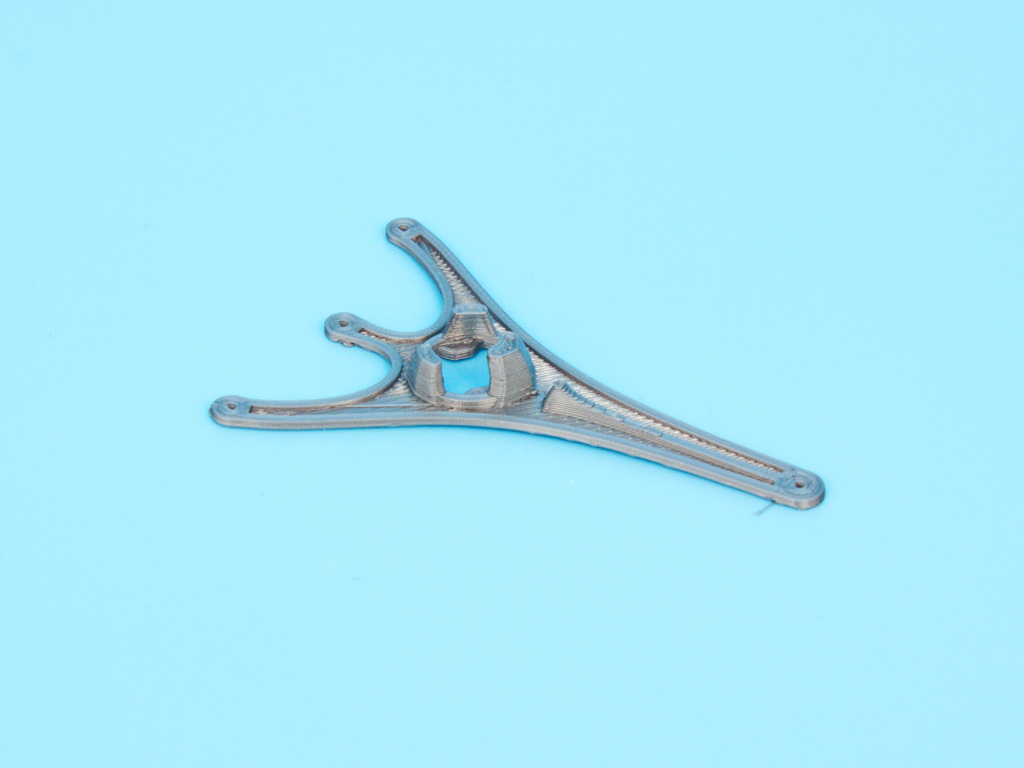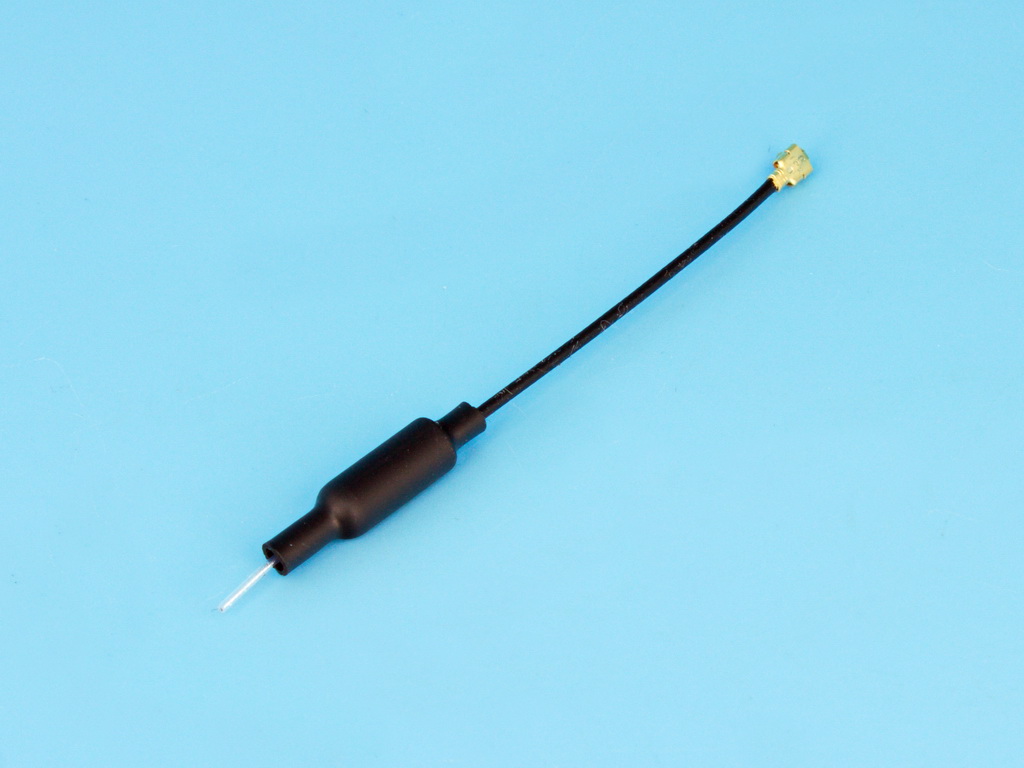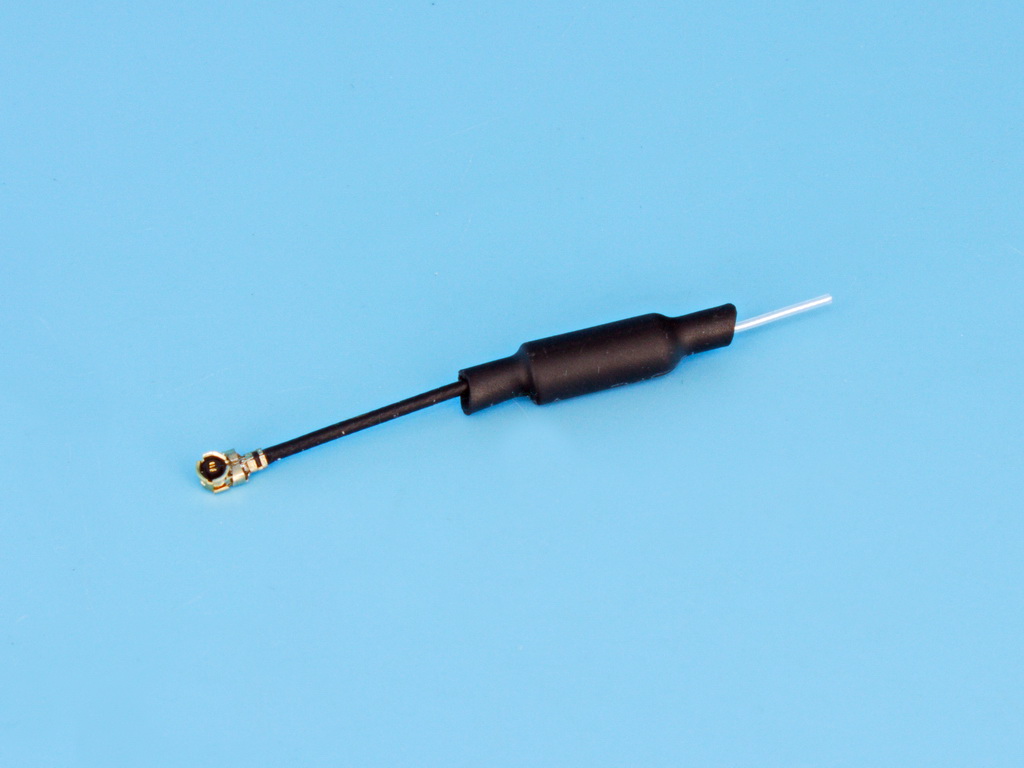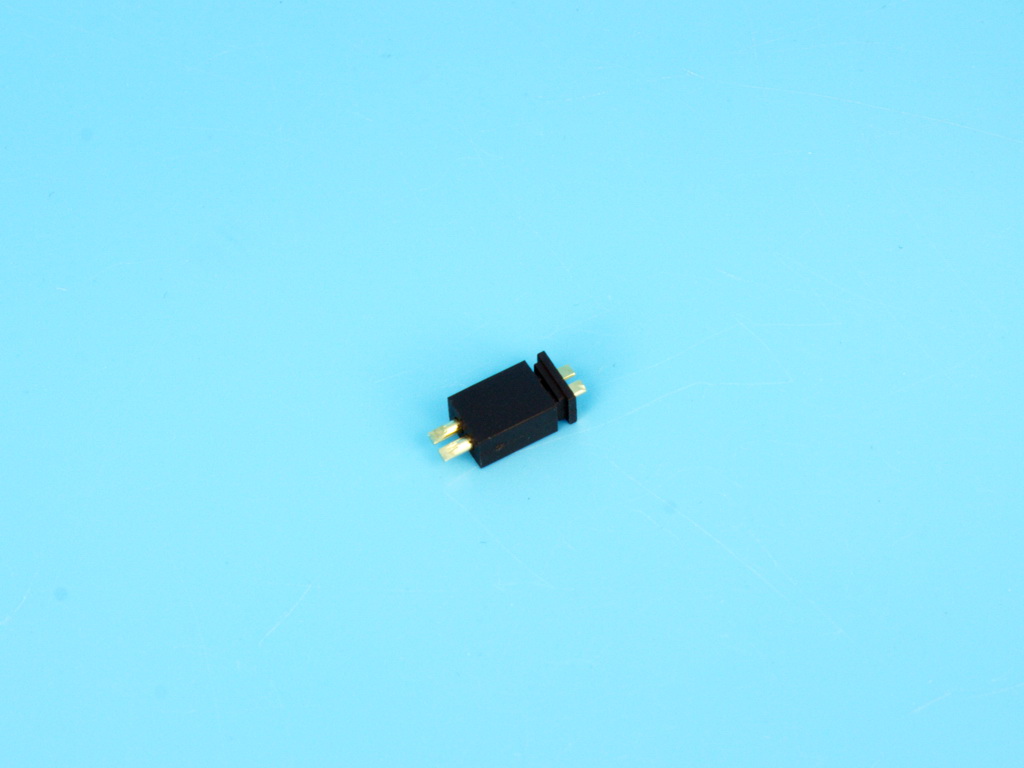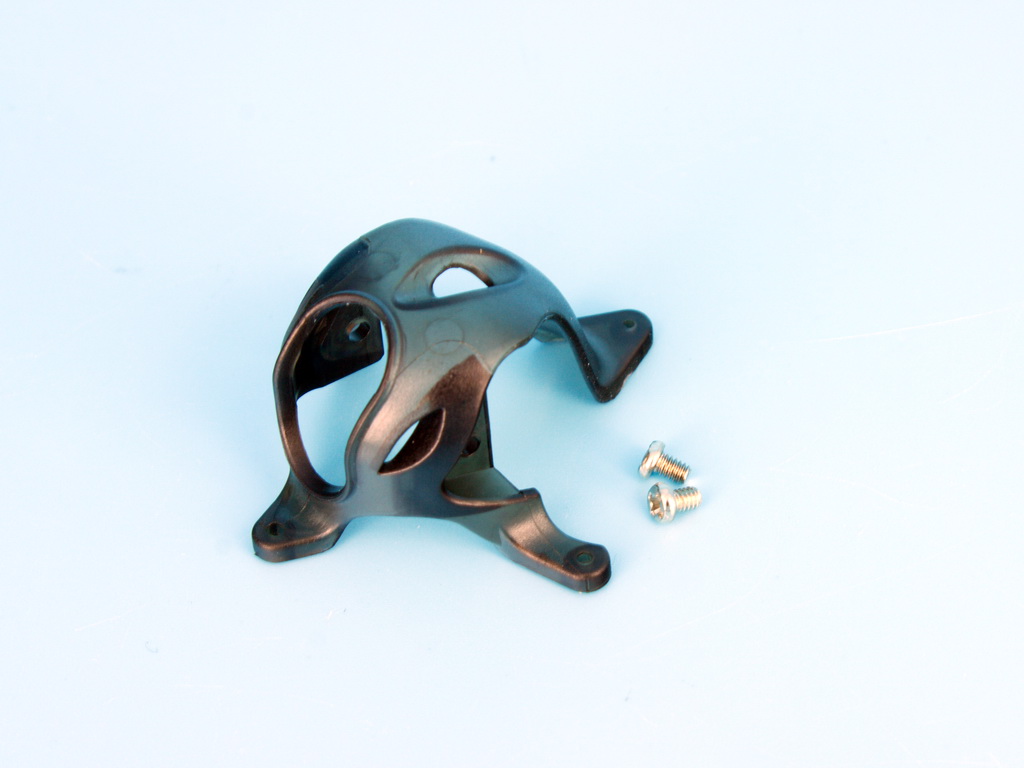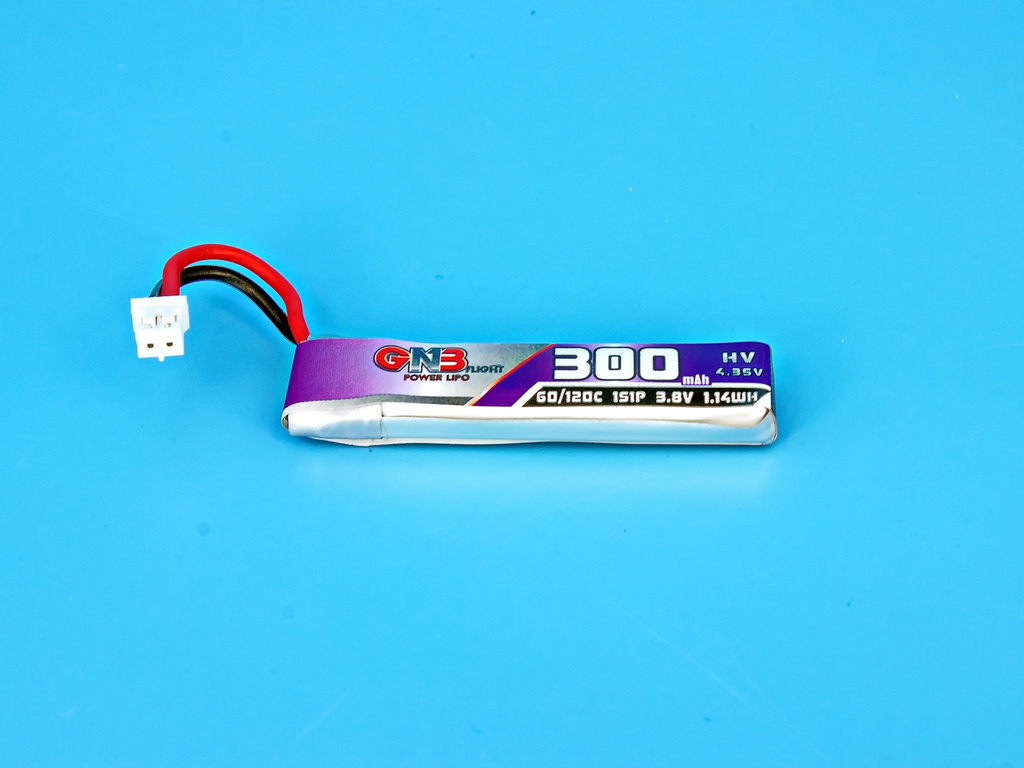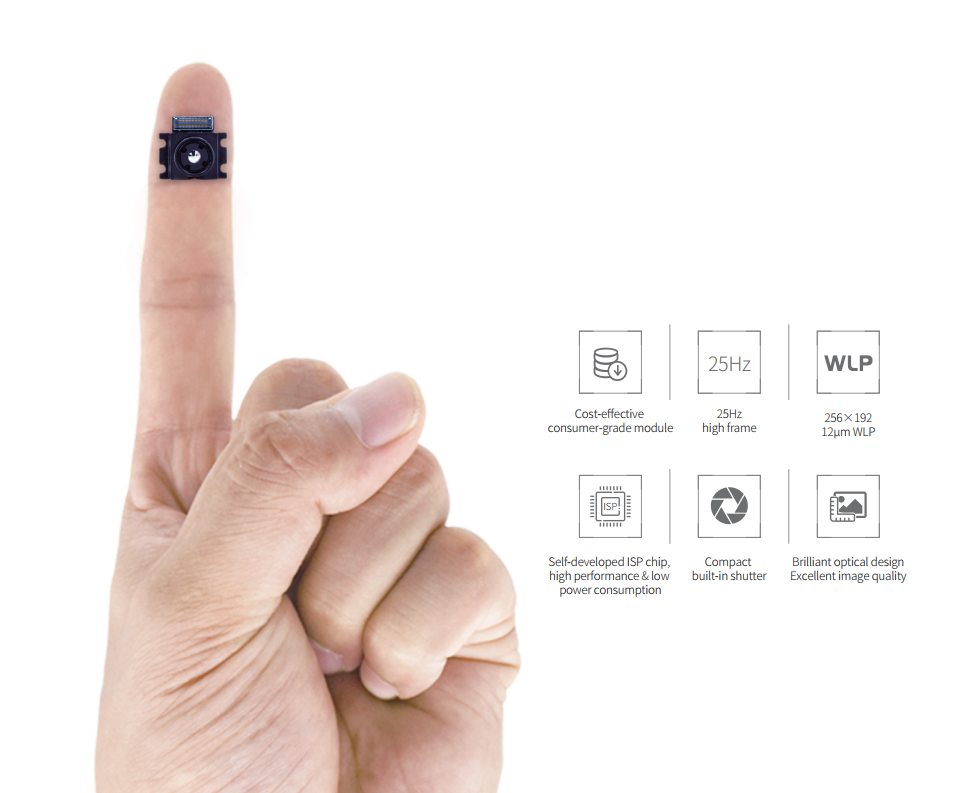Product overview
- Part Number
- OpenMV Cam H7 Plus – Machine Vision w/ MicroPython
- Manufacturer
- OpenMV
- Product Category
- OTHER PARTS
- Update Date
- 2024-05-20
Description
Detailed Information
The H7 Plus uses a newer STM32H7 MCU which offers extra SDRAM and a few more I/O options over the regular OpenMV H7 camera.
The OpenMV Cam is an all in one embedded machine vision developer platform. Build your own machine vision system faster using high level python scrips (based on MicroPythonn). Using python instead of C/C++ make is considerably easier to deal with complex data structures used with machine vision algorithms. Hoever this high level programming approach does not limit you as you can still have total control over the I/O pins via Python. Included with your OpenMV cam is a Python openMV IDE that lets you easily build and deploy your own algorithms and has many examples from face detection to optic flow. The IO pins of the openMV cam also let you add you own shield to extend the functionality. You can think of the openMV cam as an Arduino for machine vision.
Key Features
- The STM32H743VI ARM Cortex M7 processor running at 480 MHz with 1MB SRAM and 2MB of flash. All I/O pins output 3.3V and are 5V tolerant. The processor has the following I/O interfaces:
- A full speed USB (12Mbs) interface to your computer. Your OpenMV Cam will appear as a Virtual COM Port and a USB Flash Drive when plugged in.
- A μSD Card socket capable of 100Mbs reads/writes which allows your OpenMV Cam to take pictures and easily pull machine vision assets off of the μSD card.
- A SPI bus that can run up to 80Mbs allowing you to easily stream image data off the system to either the LCD Shield, the WiFi Shield, or another microcontroller.
- An I2C Bus (up to 1Mb/s), CAN Bus (up to 1Mb/s), and an Asynchronous Serial Bus (TX/RX, up to 7.5Mb/s) for interfacing with other microcontrollers and sensors.
- A 12-bit ADC and a 12-bit DAC.
- Three I/O pins for servo control.
- Interrupts and PWM on all I/O pins (there are 10 I/O pins on the board).
- And, an RGB LED and two high power 850nm IR LEDs.
- A removable camera module system allowing the OpenMV Cam H7 to interface with different sensors:
- The OpenMV Cam H7 comes with a OV7725 image sensor is capable of taking 640×480 8-bit Grayscale images or 640×480 16-bit RGB565 images at 75 FPS when the resolution is above 320×240 and 150 FPS when it is below. Most simple algorithms will run between 75-150 FPS on QVGA (320×240) resolutions and below. Your image sensor comes with a 2.8mm lens on a standard M12 lens mount. If you want to use more specialized lenses with your image sensor you can easily buy and attach them yourself.
- For professional machine vision applications you can buy the Global Shutter Camera Module.
- For thermal machine vision applications you can buy our FLIR Lepton Adapter Module.
- A LiPo battery connector compatible with 3.7V LiPo batteries commonly sold online for hobbyist robotic applications.
For more information about the OpenMV Cam please see the official documentation.
Applications
The OpenMV Cam can be used for the following things currently (more in the future):
- TensorFlow Lite for Microcontrollers Support
- TensorFlow Lite support lets you run custom image classification and segmentation models on board your OpenMV Cam. With TensorFlow Lite support you can easily classify complex regions of interest in view and control I/O pins based on what you see. See the TensorFlow module for more information.
- The OpenMV Cam features Edge Impulse integration for easy training of TensorFlow Lite Models in the cloud. Using OpenMV IDE and Edge Impulse you can easily train a Model in 15 minutes! Here’s a video showing how it works.
- Frame Differencing
- You can use Frame Differencing on your OpenMV Cam to detect motion in a scene by looking at what’s changed. Frame Differencing allows you to use your OpenMV Cam for security applications. Checkout the video of the feature here.
- Color Tracking
- You can use your OpenMV Cam to detect up to 16 colors at a time in an image (realistically you’d never want to find more than 4) and each color can have any number of distinct blobs. Your OpenMV Cam will then tell you the position, size, centroid, and orientation of each blob. Using color tracking your OpenMV Cam can be programmed to do things like tracking the sun, line following, target tracking, and much, much, more. Video demo here.
- Marker Tracking
- You can use your OpenMV Cam to detect groups of colors instead of independent colors. This allows you to create color makers (2 or more color tags) which can be put on objects allowing your OpenMV Cam to understand what the tagged objects are. Video demo here.
- Face Detection
- You can detect Faces with your OpenMV Cam (or any generic object). Your OpenMV Cam can process Haar Cascades to do generic object detection and comes with a built-in Frontal Face Cascade and Eye Haar Cascade to detect faces and eyes. Video demo here.
- Eye Tracking
- You can use Eye Tracking with your OpenMV Cam to detect someone’s gaze. You can then, for example, use that to control a robot. Eye Tracking detects where the pupil is looking versus detecting if there’s an eye in the image.
- Person Detection
- You can detect if there’s a person in the field of view using our built-in person detector TensorFlow Lite model. Video demo here.
- Optical Flow
- You can use Optical Flow to detect translation of what your OpenMV Cam is looking at. For example, you can use Optical Flow on a quad-copter to determine how stable it is in the air. See the video of the feature here.
- QR Code Detection/Decoding
- You can use the OpenMV Cam to read QR Codes in it’s field of view. With QR Code Detection/Decoding you can make smart robots which can read labels in the environment. You can see our video on this feature here.
- Data Matrix Detection/Decoding
- The OpenMV Cam H7 Plus can also detect and decode data matrix 2D barcodes too. You can see our video on this feature here.
- Linear Barcode Decoding
- The OpenMV Cam H7 Plus can also decode 1D linear bar codes. In particular, it can decode EAN2, EAN5, EAN8, UPCE, ISBN10, UPCA, EAN13, ISBN13, I25, DATABAR, DARABAR_EXP, CODABAR, CODE39, CODE93, and CODE128 barcodes. You can see our video on this feature here.
- AprilTag Tracking
- Even better than QR Codes above, the OpenMV Cam H7 Plus can also track AprilTags. AprilTags are rotation, scale, shear, and lighting invariant state-of-the-art fidicual markers. We have a video on this feature here.
- Line Detection
- Infinite line detection can be done speedily on your OpenMV Cam at near max FPS. And, you can also find non-infinite length line segments too. You can see our video of this feature here. Additionally, we support running linear regressions on the image for use in line following applications like this DIY Robocar.
- Circle Detection
- You can use the OpenMV Cam H7 Plus to easily detect circles in the image. See for yourself in this video.
- Rectangle Detection
- The OpenMV Cam H7 Plus can also detect rectangles using our AprilTag library’s quad detector code. Checkout the video here.
- Template Matching
- You can use template matching with your OpenMV Cam to detect when a translated pre-saved image is in view. For example, template matching can be used to find fiducials on a PCB or read known digits on a display.
- Image Capture
- You can use the OpenMV Cam to capture Grayscale/RGB565 BMP/JPG/PPM/PGM images. You directly control how images are captured in your Python script. Best of all, you can preform machine vision functions and/or draw on frames before saving them.
- Video Recording
- You can use the OpenMV Cam to record up to Grayscale/RGB565 MJPEG video or GIF images (or RAW video). You directly control how each frame of video is recorded in your Python script and have total control on how video recording starts and finishes. And, like capturing images, you can preform machine vision functions and/or draw on video frames before saving them.
Finally, all the above features can be mixed and matched in your own custom application along with I/O pin control to talk to the real world.

Specifications
| Processor | ARM® 32-bit Cortex®-M7 CPU w/ Double Precision FPU 480 MHz (1027 DMIPS) Core Mark Score: 2400 (compare w/ Raspberry Pi 2: 2340) |
| RAM Layout | 256KB .DATA/.BSS/Heap/Stack 32MB Frame Buffer/Stack 256KB DMA Buffers |
| Flash Layout | 128KB Bootloader 16MB Embedded Flash Drive 1792KB Firmware |
| Supported Image Formats | Grayscale RGB565 JPEG (and BAYER) |
| Maximum Supported Resolutions | Grayscale: 2952×1944 (5MP) and under RGB565: 2952×1944 (5MP) and under Grayscale JPEG: 2952×1944 (5MP) and under RGB565 JPEG: 2952×1944 (5MP) and under |
| Lens Info | Focal Length: 2.8mm Aperture: F2.0 Format: 1/3″ HFOV = 70.8°, VFOV = 55.6° Mount: M12*0.5 IR Cut Filter: 650nm (removable) |
| Electrical Info | All pins are 5V tolerant with 3.3V output. All pins can sink or source up to 25mA. P6 is not 5V tolerant in ADC or DAC mode. Up to 120mA may be sinked or sourced in total between all pins. VIN may be between 3.6V and 5V. Do not draw more than 250mA from your OpenMV Cam’s 3.3V rail. |
| Weight | 17g |
| Length | 45mm |
| Width | 36mm |
| Height | 29mm |
Power Consumption
| Idle – No μSD Card | 140mA @ 3.3V |
| Idle – μSD Card | 140mA @ 3.3V |
| Active – No μSD Card | 230mA @ 3.3V |
| Active – μSD Card | 240mA @ 3.3V |
Temperature Range
| Storage | -40°C to 125°C |
| Operating | -20°C to 70°C |
Price & Procurement
Associated Product
-
-
-
-
-
-
Capacity: 300 mAh Nominal voltage: 3.8 V Maximum discharge current: 60C ...
-
DarkStar20: So light, it makes feathers look overweight. Perfect for sneaking th ...
-
With 20A Blheli_s ESCs and an integrated ELRS RX, this FC lifts your drone’s per ...
-



